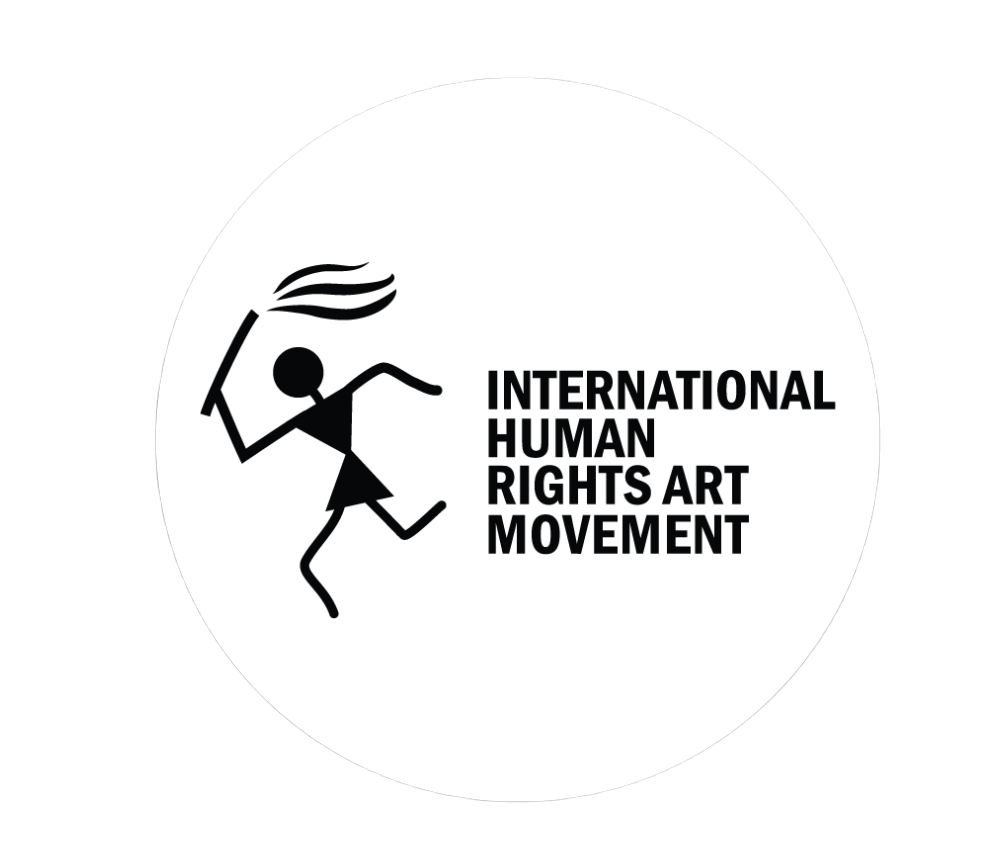Milestones in Medical History, by Gaudia Aghanenu, 2023 IHRAM Youth Fellow
Milestones in Medical History
Clinic 1, Vienna
Vienna in 1847 was a fascinating place.
The obstetric clinic, even more so.
Many women flocked there,
seeking love, help, and care,
but little did they know of the dangers that lay there.
I worked for two neighbouring clinics.
Identical, yet so unalike.
Hundreds of women were lost in Clinic 1,
but no-one knew why.
Physicians were busy people,
yet they ran to a woman’s cry,
but whilst saving the baby,
a healthy mother would die.
I kept a close eye on the medical students,
whose task was to dissect dead bodies.
Their hearts were pure,
but their hands were unclean.
Then I had an idea,
but no-one else was too keen.
I told them to wash their hands
until no germs could be seen
and almost instantly, the mortality rate became as low as it had ever been.
My name is Ignaz Semmelweis,
the pioneer of aseptic technique.
My Revolutionary Accident
Life was a mix of green, white, and blue.
Tall blades of green grass
eaten by white woollen sheep
running around beneath the clear blue sky.
All on a Scottish hill farm.
September was sweet in 1928,
I woke just after dawn, and quickly, I ate.
I walked to my lab in St. Mary’s Hospital
and pushed aside the agar plates and tweezers
that littered my table.
But one of my bacteria plates was contaminated
and I needed space to find out why.
Had my experiment gone wrong?
Which step had I missed?
The bacterium wasn’t growing.
My time was going.
I’d added a spot of mould- penicillium notatum
and it had killed the surrounding bacteria.
It couldn’t be true!
So I repeated and repeated it,
but my findings remained the same.
I took those results as a clue
and they developed into something new.
When World War 2 came,
Roaring with bullets, bombs, and knives
and blood was poisoned from gaping wounds,
penicillin helped bring the soldiers home from their doom.
My name is Alexander Fleming,
the pioneer of antibiotics.
Photo 51
Have you ever stopped to think:
What am I made of?
A soul, a mind, a body.
The soul is too mysterious;
the mind is too delirious
but the body can be observed
under a microscope.
Each cell is a work of art
with a double helix at the core.
Made of only three components,
yet impossible to ignore.
My field was dominated by men,
as I was told time and time again.
But like the ladder of DNA bases,
I rose past the judging faces.
Photo 51 was born in 1952.
A demonstration of the structure of DNA.
Black and white,
yet full of life,
and within us every day.
My name is Rosalind Franklin,
the pioneer of the double helix.
